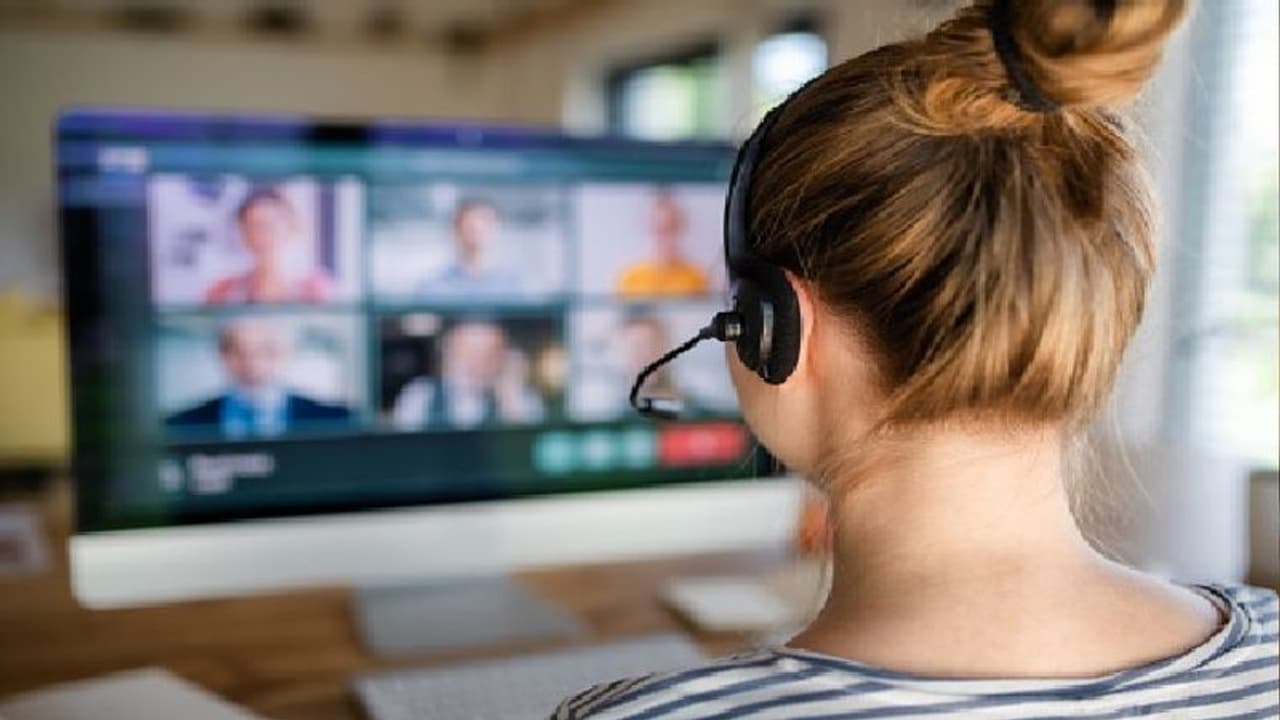The article delves into a Yale University study highlighting the impact of post-COVID work video calls on brain processing and social cues, revealing the superiority of in-person interactions over platforms like Zoom.
In the wake of the COVID-19 pandemic, the norm of participating in work-related video calls has become prevalent, accompanied by stressors such as muted microphones, unstable internet connections, and awkward silences. A recent study in Imaging Neuroscience indicates that these virtual interactions don't just influence social cues but also impact the way our brains process such engagements. This study suggests a noteworthy influence of the medium used on our cognitive processes, emphasizing the significance of face-to-face communication in shaping our natural interactions with others.

The outcomes of the research conducted at Yale University, as emphasized by neuroscientist Joy Hirsch, the senior author of the published paper, highlight that the social systems within the human brain exhibit higher activity during real, in-person encounters compared to interactions through platforms like Zoom. "The social systems of the human brain are more active during real, live, in-person encounters than on Zoom," Hirsch said.
"Online representations of faces, at least with current technology, do not have the same 'privileged access' to social neural circuitry in the brain that is typical of the real thing. In this study, we find that the social systems of the human brain are more active during real, live, in-person encounters than on Zoom. Zoom appears to be an impoverished social communication system relative to in-person conditions," he added.
According to a release by Yale, social interactions are fundamental in all human societies, and our brains are finely attuned to process dynamic facial cues, which are a primary source of social information, during genuine in-person encounters. Previous research using imaging tools to track brain activity in such interactions has primarily involved single individuals. However, Hirsch's lab has developed specialized neuroimaging technologies that permit real-time study of interactions between two people in natural settings.
For the latest study, Hirsch's team recorded neural system responses in individuals engaged in live, two-person interactions and in those involved in two-person conversations using Zoom. Their findings demonstrated a significant reduction in the strength of neural signaling during Zoom conversations in contrast to in-person interactions.
Enhanced activity among those engaged in face-to-face conversations was linked with increased gaze time and larger pupil diameters, indicating heightened arousal in both participants' brains. Furthermore, the increased EEG activity during in-person interactions was associated with an improved ability to process facial expressions, as stated by the researchers.
